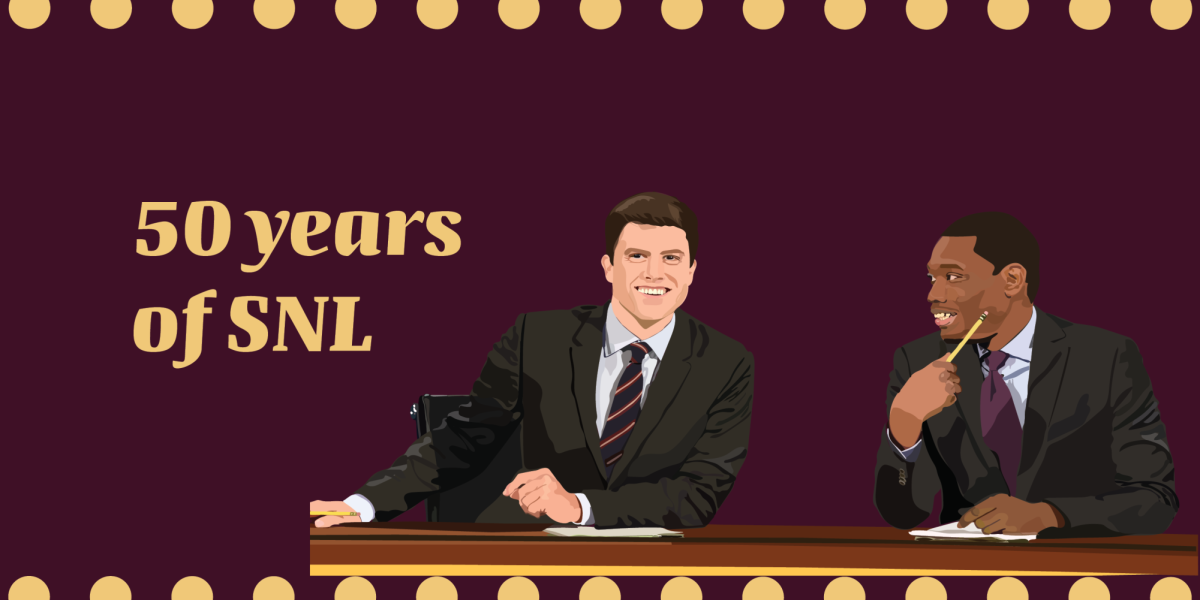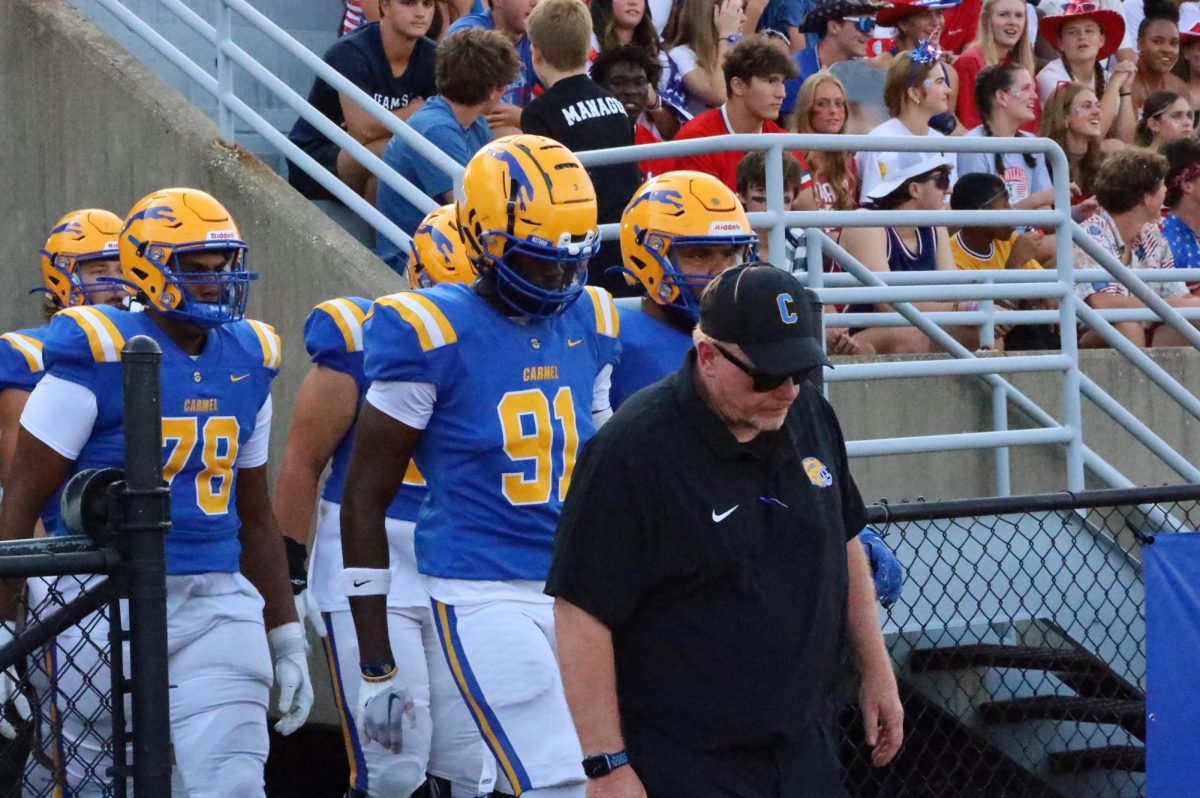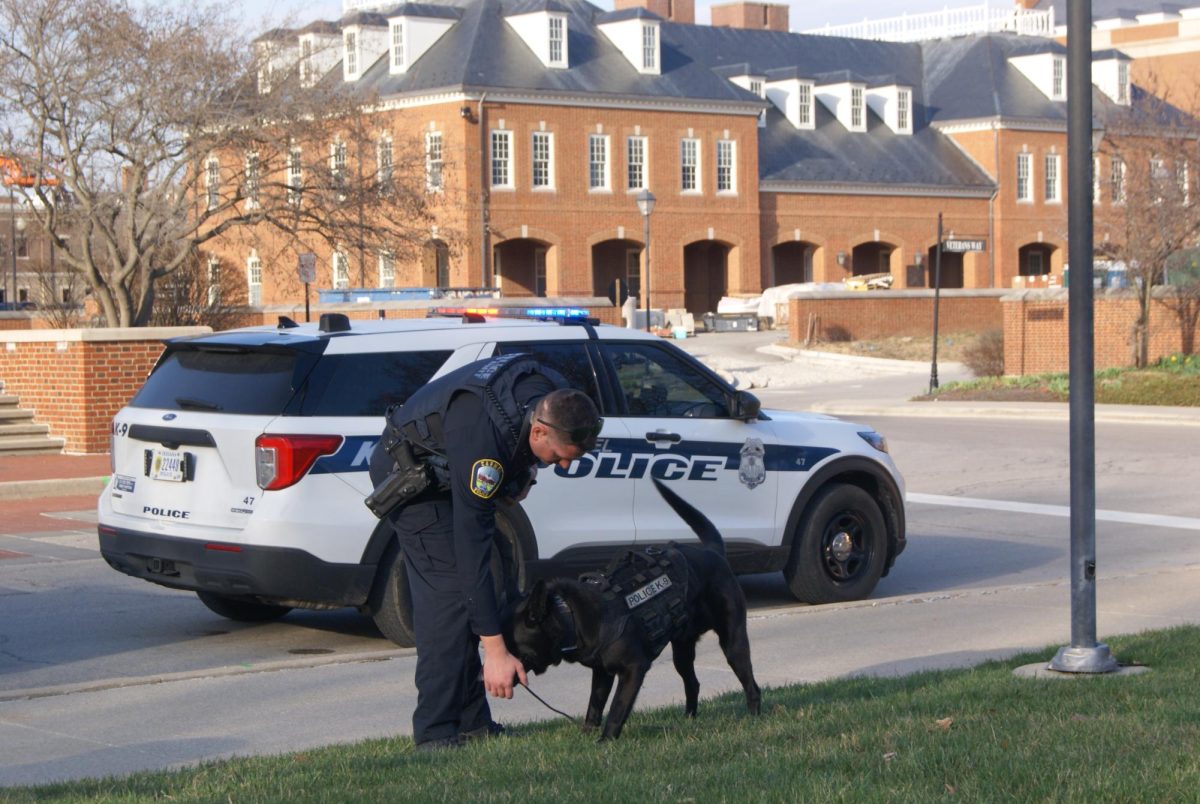“Transformers One” is the best Transformers film, period. In comparison to past Transformers movies, “Transformers One” provides a genuinely enjoyable, refreshing take on the franchise. What makes “Transformers One” so amazing is the depth provided to the characters. Unlike all the past live action movies, “Transformers One” wholly embraced the Transformers source material rather than ignored it.
Seen through all the Michael Bay movies, there’s only so much satisfaction one can glean from a story where the bad guy is bad simply because basic cinematic conflict requires an antagonist. It’s important to understand the arc and justification of the antagonist’s ideals, and in a best-case scenario, we can empathize with their values and disillusionment, ultimately siding with the protagonist only because their approach seeks to minimize the collateral damage to innocent characters.
“Transformers One” nails that.
In “Transformers One,” Optimus Prime and Megatron, two of the most important characters in the franchise, are seen both reacting to the same injustice but being driven towards polar solutions.
It’s easy to expect the good guy to be a diligent follower of the rules and the bad guy to be a rebel, but “Transformers One” is not interested in such obvious characterization. Orion Pax, or Optimus Prime as he later became, is a rebel, though a generous spirit. When we’re introduced to him at the beginning of the film, he’s breaking into an official archive to learn more about the Primes, and what follows is an exciting chase where he narrowly evades capture by running into his best friend D16, who will eventually become Megatron.
Pax is inherently skeptical of leadership and feels limited by the qualities miners are given by default from their social status. For him, many of the rules that govern the miners come at the expense of their individuality.
Although Pax isn’t hurting anyone, he’s certainly not interested in blindly following the rules. He has hope that there are better things out there for him, which gives him an edge. Throughout the movie, it’s actually this hope that eventually inspires the rest of the Autobots.
The amazing part of this interpretation of Optimus Prime is that it refutes the traditional idea of him being a straight and narrow, vaguely egotistical military leader from past films: the war criminal who executed a pleading bot from behind after surrendering, ripped the face of The Fallen while screaming, and ripped Megatron’s spine out from his body Predator style after the two had a semi truce. I like the Bay films, but even I admit that is psychotic behavior that definitely doesn’t fit Optimus Prime.
Seeing Optimus as a grunt who has lived through hard labor at the beck and call of more powerful if illegitimate leaders definitely gives him more credibility as a robot thrust into a position of authority, much less through a desire for power and more out of necessity. His lifelong critical relationship with such leadership figures is what informs his own eventual ruling philosophy.
On the other hand, D16 is not thrilled by the attention Pax draws to the two otherwise ordinary Miners in his rebellious actions, quickly establishing their contrast from the beginning. D16 is a follower of rules who believes in the system to such a degree that its eventual unraveling shatters him. To put it simply, D16 is a slave to the system, believing that it has the workers’ best interests in mind and that if he works hard enough he’ll be promoted and change his circumstances through the formal channels of Cybertronian society. His stubborn adherence to the rules would be an excellent characteristic within a just system, but the Cybertronian system is nowhere near just and this only sets him up for failure.
Why does the unjust system hold so much weight in “Transformers One?” It’s because of the well-written antagonist of Pax and D16, Sentinel Prime.
Sentinel is introduced as the somewhat egotistical, though not evil, leader of Cybertron. He’s responsible for the social hierarchies that relegate Pax and D16 to the mines. Sentinel became the leader by declaring himself a war hero for fighting off a Quintesson Invasion. He ultimately decides when robots receive their cogs, which are key pieces that go in a chest socket and enable the power of transformation and a higher position in society.
However, Pax and D16 learn that Sentinel is actually not a Prime and is instead a puppet leader of the Quintessons, supplying them with the Energon mined by Cybertron’s working population. Cybertron had power and resources all along to sustain itself, but Sentinel saw the opportunity for power and was willing to oppress literally everyone else to pay off his blood debt. Perhaps most nefariously, we learn that the Transformer’s minor distinction was actually manufactured by Sentinel to oppress the laboring class in order to gain more power.
While this is a gutting realization for Pax, he has already determined that what makes a Transformer is not the literal cog that gives them their power but the spark within that aspires to a better world. His optimism of this realization ultimately galvanizes both Pax and D16, but in opposite directions.
For D16, Sentinel and Cybertron’s corruption is an issue that can be corrected by dethroning Sentinel and restoring power to the people of Cybertron. How Sentinel functioned as an appointed ruler completely disassembled D16’s worldview, that if this is what a leader is capable of, he’d vow to never be subservient again. However, his need to rule is born of greed and anger that transforms his body into a weapon, redirecting his pain into violence, where the only solution he can see is the death of Sentinel.
D16 followed the rules and stayed in line only to learn that the rule-making bodies were corrupt and could not be trusted. Rather than acknowledging the possibility of a bad egg in a bright future, D16 resolves to reject any leadership that could possibly break down and exploit its subjects, driving him to become the very thing he rejects.
When D16 becomes Megatron, he takes power for himself because he’s the only one he can trust to make use of that power: it’s a cycle in which he can’t see clearly enough to break it.
Megatron has never been this layered and interesting in any iteration of Transformers.
Optimus, on the other hand, sees the dark reality of the world as it has been but believes in what it could be: just because the system is broken doesn’t mean that the collective can’t build a better one. The line that Transformers draws is ultimately much more interesting and nuanced than a simple good versus evil; it posits a conflict between hope and optimism and fear and pragmatism.
Even though “Transformers One” is a kids’ film, it never sacrifices its integrity for the sake of dumbing itself down. It respects an audience of all ages and is much stronger for it.
In addition to its two central characters, “Transformers One” does a spectacular job of balancing and developing its other sub-characters. Arcee and Bumblebee are given significantly more dimension than ever before.
Arcee is shown to be more capable than Pax and, in the beginning, holds a position of power. But that power is fragile and, especially given the fact that she’s a woman, Arcee is easily discredited by her superiors as we see in the film. She tries to hold on to what she has, which is why she adheres strictly to protocol, concerned that if she makes any wrong move, her entire life, her status, will be taken away.
Arcee, similar to Megatron (but less delusional), believes that her ability will eventually grant her the freedom and respect she wants. But after spending time with Pax, she comes to realize that maybe the only way to actualize her life is to take back the power of the collective.
On a lighter note, Bumblebee is a delight in this film. Although he starts out as awkwardly chatty after not seeing another real bot in a very long time, he builds confidence and power within the group, and his excitement by every advance radiates and adds an interesting dynamic to the group.
The group’s dynamic does a great job of demonstrating one of Optimus’s best character traits in this film: the ability to surround himself with people whose talents and abilities he respects and knows how to utilize in service of a greater good. Optimus is a natural leader because of how he pulls the spark that exists within every Autobot out of them. He even tries to do the same with Megatron, but it doesn’t work out because Megatron sees power in cogs in Machinery, whereas Optimus sees power in intention and connection.
Another brilliant choice “Transformers One” makes is crafting the Decepticons as Sentinel’s former High Guard, who are largely useless cowards, nothing more than directionless soldiers who oppose the current regime but who don’t know how to fight back. They simply work from the shadows, take what they need and then retreat. Only when Megatron, someone with a drive and purpose, enters the picture, do they begin to stand up for themselves, following Megatron’s mantra of one leader who exceeds everyone else.
Finally, even without the stellar character writing and jaw-dropping action scenes, “Transformers One” is, in a generalized form, a wonderfully written pro-union film on labor. Cybertron is a world with a ruling class and a lower class of miners below their boots laboring to produce Energon to power their world. The miners of “Transformers One” are cogs in a machine without basic sentient rights. Society is broken down into Transformers, bots who can (obviously) transform and occupy a higher status in society, whereas the miners are merely bipedal robots with a single trade function.
This division makes for a genuinely interesting social context in which to situate Pax, D16, Arcee and Bee. It also helps the audience quickly understand the world these characters occupy and their beliefs of basic needs and injustices within the system. “Transformers One” really encapsulates how a little bit of world building can build such an intricate story. By taking this approach, “Transformers One” vividly illustrates Optimus Prime the individual and how the characteristics that make him an effective and inspiring leader were granted the same for Megatron.
It’s undeniably refreshing to see such a thoughtful approach to a franchise that felt like it was dying off. It’s rare that a film for kids is given such careful consideration at a script level. For the first time in a long time, a Transformers film is more than meets the eye.






























![Keep the New Gloves: Fighter Safety Is Non-Negotiable [opinion]](https://hilite.org/wp-content/uploads/2024/12/ufcglovescolumncover-1200x471.png)














































![Review: “Transformers One” is a refreshing and exciting addition to the franchise [MUSE]](https://hilite.org/wp-content/uploads/2025/01/unnamed-3.png)
![Review: “Journals” is the gift that keeps on giving [MUSE]](https://hilite.org/wp-content/uploads/2024/12/monkey.jpg)
![Review: “Sonic 3” does everything great from the past two movies, and arguably even better [MUSE]](https://hilite.org/wp-content/uploads/2025/01/unnamed-2-812x1200.png)
![Review: Who should have really won season 33 of "Dancing with the Stars"? [MUSE]](https://hilite.org/wp-content/uploads/2024/12/Dancing-with-the-Stars-Photo-1200x657.png)
![Review: "Wicked" is a worthy adaptation of a legendary musical [MUSE]](https://hilite.org/wp-content/uploads/2024/12/Screenshot-2024-12-23-at-6.00.53 PM-1200x793.png)
![Review in Print: Maripaz Villar brings a delightfully unique style to the world of WEBTOON [MUSE]](https://hilite.org/wp-content/uploads/2023/12/maripazcover-1200x960.jpg)
![Review: “The Sword of Kaigen” is a masterpiece [MUSE]](https://hilite.org/wp-content/uploads/2023/11/Screenshot-2023-11-26-201051.png)
![Review: Gateron Oil Kings, great linear switches, okay price [MUSE]](https://hilite.org/wp-content/uploads/2023/11/Screenshot-2023-11-26-200553.png)
![Review: “A Haunting in Venice” is a significant improvement from other Agatha Christie adaptations [MUSE]](https://hilite.org/wp-content/uploads/2023/11/e7ee2938a6d422669771bce6d8088521.jpg)
![Review: A Thanksgiving story from elementary school, still just as interesting [MUSE]](https://hilite.org/wp-content/uploads/2023/11/Screenshot-2023-11-26-195514-987x1200.png)
![Review: "When I Fly Towards You", cute, uplifting youth drama [MUSE]](https://hilite.org/wp-content/uploads/2023/09/When-I-Fly-Towards-You-Chinese-drama.png)
![Postcards from Muse: Hawaii Travel Diary [MUSE]](https://hilite.org/wp-content/uploads/2023/09/My-project-1-1200x1200.jpg)
![Review: "Ladybug & Cat Noir: The Movie," departure from original show [MUSE]](https://hilite.org/wp-content/uploads/2023/09/Ladybug__Cat_Noir_-_The_Movie_poster.jpg)
![Review in Print: "Hidden Love" is the cute, uplifting drama everyone needs [MUSE]](https://hilite.org/wp-content/uploads/2023/09/hiddenlovecover-e1693597208225-1030x1200.png)
![Review in Print: "Heartstopper" is the heartwarming queer romance we all need [MUSE]](https://hilite.org/wp-content/uploads/2023/08/museheartstoppercover-1200x654.png)



